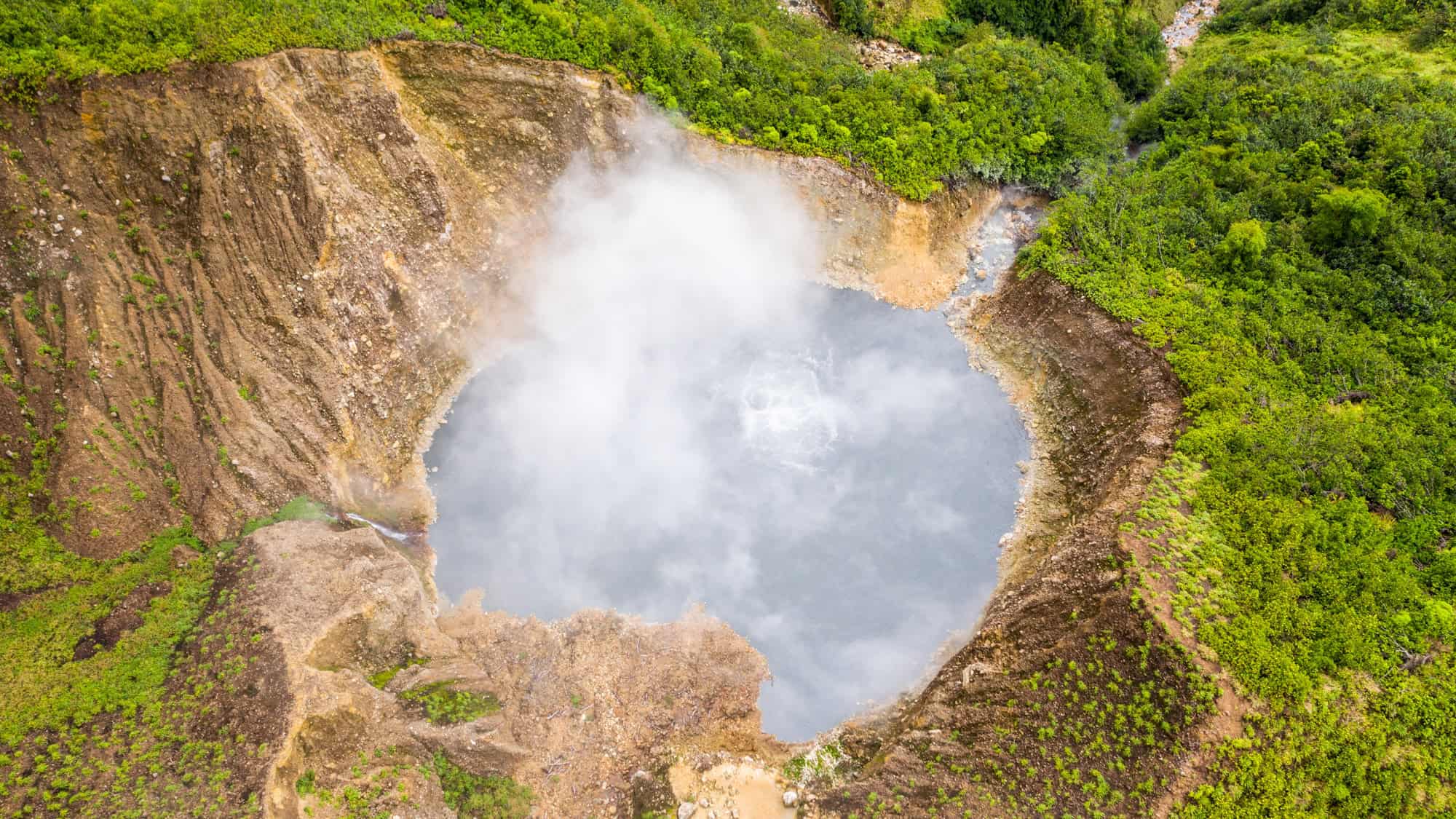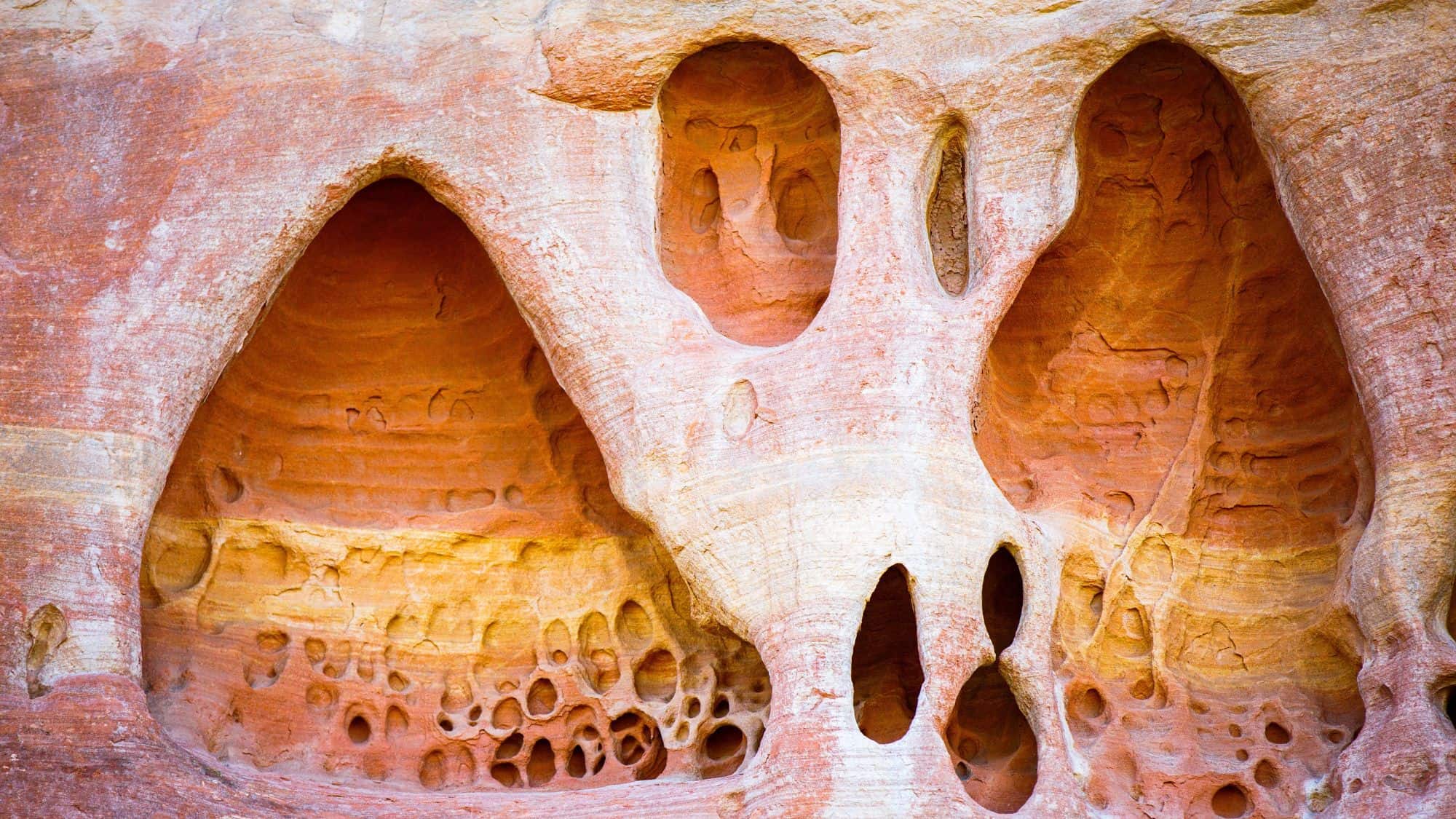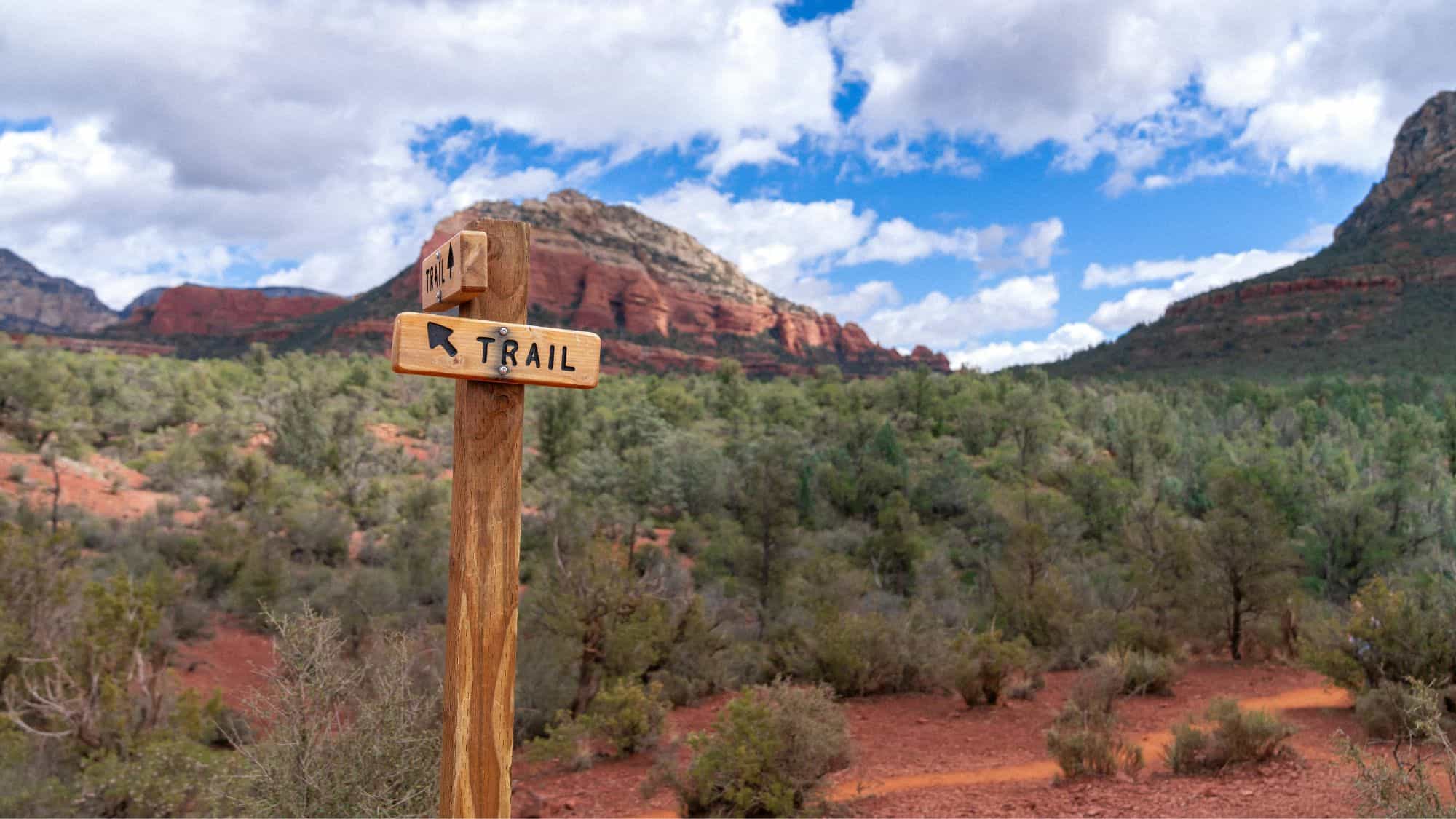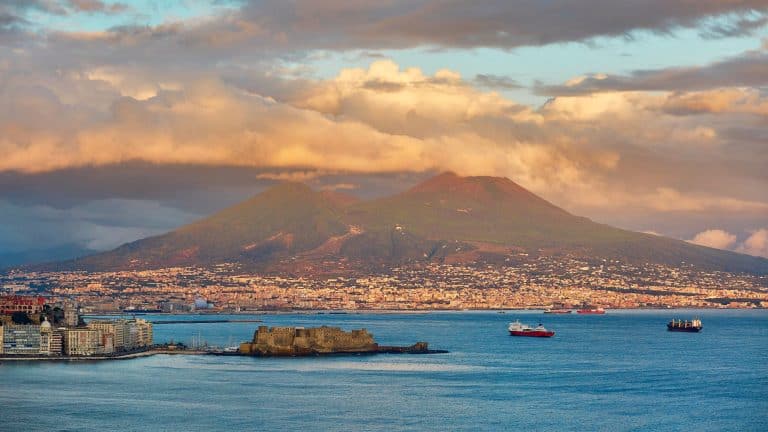Discover Parks & Wildlife contains affiliate links and is a member of the Amazon Services LLC Associates Program. If you make a purchase using one of the Amazon links, we may receive compensation at no extra cost to you. We may also use select AI tools to support our creative process, but all content is reviewed, refined, and finalized by our human team. See our disclosure policy and our AI use policy for more information.
12 Secluded Nature Reserves In The Caribbean To Spot Wildlife
Feel that warm tropical breeze? Smell the salty tang of the ocean laced with hints of lush greenery? Good. Now, swap out your usual vacation clichés (overcrowded beaches and overpriced pina coladas) for an adventure where nature takes center stage and wildlife isn’t listed on a menu.
The Caribbean, often typecast as just a paradise for sunbathers, is also a living, breathing ark of biodiversity. Think chirping birds performing their daily symphony, iguanas sauntering across your path, and vibrant coral reefs teeming with colors so vivid they make your last tie-dye project look tame.
Here, every trail and breathtaking viewpoint hides a chance to connect with the wild side of these islands. And don’t you want more than just sun and sand?
Barbuda’s Codrington Lagoon National Park, Antigua & Barbuda

If there’s a celebrity airport lounge of the bird world, Codrington Lagoon is it (except the only frequent fliers here are frigatebirds, and they don’t even need boarding passes). Featuring the largest frigatebird colony in the Western Hemisphere, this lagoon is a spectacle of puffed crimson throat pouches and wingspans nearly too massive to believe.
And these birds are the drama queens of seabirds, making their nests in a mangrove paradise where you’ll also catch bracing sea breezes and the subtle, briny scent of ocean spray.
Set on the island of Barbuda, this protected park is both a crucial sanctuary for wildlife and a serene getaway. Bonus? It feels like stepping into a real-time nature documentary.
La Visite National Park, Haiti

Hidden in Haiti’s highlands, La Visite National Park feels less like “a visit” and more like a miraculous discovery. Picture emerald forests cloaked in mist, rugged trails that laugh in the face of sneakers, and birds so colorful they look like they sketched themselves straight out of a surrealist dream.
Home to the Hispaniolan trogon, a polychromatic showoff that’s practically the park’s mascot, and the elusive solenodon, whose weird, shrew-like charm will grow on anyone (fine, almost anyone.) And the air here is cool and fresh, a rare contrast to Haiti’s bustling coastal towns.
Whether traversing lush pine forests or marveling at rugged cliffs, La Visite keeps its treasures equal parts challenging and rewarding. It’s the perfect mix if you like your adventures slightly untamed and full of surprises.
Morne Diablotin National Park, Dominica

Brace yourself for avian royalty. Because Morne Diablotin is where Dominica’s national bird, the imperial parrot, reigns supreme. Rare, elusive, and rocking plumage worth a thousand gasps (metaphorically speaking), these parrots are the star attraction of this dense, tropical forest.
And Morne Diablotin itself is a towering presence. It’s the island’s highest peak, slicing through the clouds with an attitude that says, “I was here before you, and I’ll outlast your sneakers.” During your visit, you’ll hear the symphony of birdsong, mixed with the crunch of fallen leaves underfoot and the faint, earthy scent of rain-soaked trails.
Dominica may claim its tagline as the “Nature Island,” but this park feels like its most dramatic chapter (a reminder that paradise doesn’t need polished edges to be magnificent).
Los Haitises National Park, Dominican Republic

Los Haitises doesn’t just have biodiversity; it flaunts it unapologetically. From towering limestone cliffs to sprawling mangroves that weave an intricate maze, this park wears its wild side like a badge of honor. You might see manatees lazily gliding through turquoise waters or pelicans giving their best aerial performances.
And don’t even get me started on the caves, with prehistoric petroglyphs offering a glimpse into the lives of the island’s first inhabitants. The salty breeze mingles with the rich, peaty aroma of damp earth, wrapping everything in a sensory masterpiece.
Located on the country’s northeastern coast, Los Haitises whispers tales of ancient civilizations and modern conservation, making it equal parts history book and adventure guide.
Tobago Main Ridge Forest Reserve, Trinidad & Tobago

The Tobago Main Ridge Forest Reserve is practically the MVP of environmental protection. It’s the oldest legally protected rainforest in the Western Hemisphere, established way back in 1776 (yes, the same year of another famous declaration).
This lush expanse of emerald canopy is a paradise for bird enthusiasts, with over 200 species fluttering about, including the vibrantly iridescent blue-backed manakin and the feisty little white-tailed sabrewing. But don’t just look up; the forest itself is brimming with aromatic foliage that smells like herbal tea and rich soil after rainfall.
Plus, the air here feels charged with life, the kind of atmosphere that makes you believe in nature’s magic. It’s a cocoon of biodiversity, where each winding trail feels like walking through an ancient, living museum… except the exhibits chirp, rustle, and flit right past your ears.
Cabo Rojo National Wildlife Refuge, Puerto Rico

If your birdwatching skills are as sharp as a hawk’s (or even if they’re not), Cabo Rojo National Wildlife Refuge is the place to be. Perched on the southwestern tip of Puerto Rico, this refuge is where flocks of migratory songbirds like warblers and sandpipers get their seasonal rendezvous on.
Think of it as a feathery United Nations summit (minus the politics). And the pink-hued salt flats lend the landscape a surreal, otherworldly touch, while the salty aroma in the air mingles with warm breezes rolling in from the Caribbean Sea.
Trails crisscross through scrubby vegetation, offering stellar opportunities to spot avian celebrities against a backdrop that feels like it was painted on purpose. Bring a hat, it gets toasty. But the panoramic views alone are worth the sweat equity.
El Yunque National Forest, Puerto Rico

For those Keens-wearing wanderers who think they’ve “seen it all,” El Yunque National Forest is ready to redefine your expectations. Tucked into northeastern Puerto Rico like a hidden treasure, this rainforest is home to the elusive Puerto Rican parrot (an endangered beauty dressed in green feathers) and chirpy coqui frogs whose evening chorus hits notes that could rival any concert.
Step off the beaten path, and moss-lined trails will lead you to secret waterfalls, where the air smells crisp and faintly sweet, like jungle candy. And if you thought bats were reserved for spooky caves, rare fruit bats flitting among the trees here clearly beg to differ.
The atmosphere is tranquil yet alive, every inch humming with energy, making it a haven for explorers who prefer their adventures with a side of serenity.
Morne Trois Pitons National Park, Dominica (The Boiling Lake Trail)

The Boiling Lake Trail isn’t just a hike; it’s a full-blown sensory rollercoaster. This UNESCO World Heritage site in Dominica serves up bubbling geothermal pools that hiss and steam like a sci-fi flick brought to life.
But beyond the bubbling drama, the trail delivers on its tropical promises with lush greenery, the occasional flash of an agouti bounding through the underbrush, and birdsong layering the backdrop like a custom soundtrack. And the sulfur scent wafting from the boiling lake nearby is earthy and oddly invigorating (though maybe not the next candle trend).
The rugged terrain alternates between jaw-dropping views and shaded paths tangled with roots, giving you that perfect mix of challenge and reward. It’s wild, untamed, and undeniably worth every single sweaty step.
St. Eustatius National Marine Park, Caribbean Netherlands

Beneath the turquoise curve of the Caribbean Sea, a flourishing underwater metropolis awaits at the St. Eustatius National Marine Park. This aquatic wonderland is the ultimate meet-and-greet location for sea turtles, rays, and nurse sharks (not to mention coral reefs that resemble abstract art installations).
Created in 1996 to safeguard marine biodiversity, the park spans a whopping 10 square miles and is split into two management zones to keep nature thriving. Snorkelers are treated to an operatic performance of the ocean’s best choristers, while divers are greeted by the swish of fins and the occasional inquisitive passing ray.
Its volcanic origins make for uniquely rugged underwater terrain. And the marine park doesn’t just protect its underwater stars; it showcases their pizzazz with pure, undiluted Caribbean flair.
Guanica Biosphere Reserve, Puerto Rico (Dry Forest Area)

Welcome to the world’s most rebellious forest. Guanica’s dry forest doesn’t care for the lush clichés of the tropics and is thriving precisely because of its arid attitude. This UNESCO Biosphere Reserve flaunts over 700 plant species, with some so rare they probably deserve their own security detail.
The star resident? The endangered Puerto Rican nightjar, a small, secretive bird that somehow makes hiding in plain sight an art form (we’ve seen nightjars in South Africa, and we mean it when we say their camouflage is on point).
Meandering along the dry and sun-drenched trails, you’ll catch the dusty perfume of salt-tolerant trees and the crunch of brittle leaves under your boots. The coastal views? Dramatic enough to make any explorer pause, squint, and wonder how they ended up in such a glorious place. It’s a living contradiction; parched yet bursting with life, unassuming yet breathtaking in its simplicity.
Petite Terre Nature Reserve, Guadeloupe

Two tiny islands, one massive playground for nature, all thanks to the Petite Terre Nature Reserve. Situated in Guadeloupe, this secluded paradise flaunts crystal-clear lagoons, white-sand beaches, and a population that, judging by their numbers, clearly didn’t get the memo about social distancing.
Established in 1998, the reserve isn’t afraid to go all out on biodiversity, hosting nesting seabirds, reef fish, and turtles galore. And the unbearably photogenic landscape is backdropped by the rhythmic lap of waves and the faint rustle of coconut palms.
But don’t be fooled by the tranquil energy. Beneath the waves, the coral reefs are bustling with as much action as an opening night at the theater. Petite Terre is escapism at its finest, with nature flaunting its imaginative edge.
Salt River Bay National Historical Park And Ecological Preserve, St. Croix, U.S. Virgin Islands

Salt River Bay is where rich history shakes hands with ecological brilliance. Not only is it home to lush mangroves and seagrass beds brimming with rays, turtles, and juvenile reef fish, but this area is also a historical site.
Located on the island of St. Croix, the park marks the site where Christopher Columbus made landfall during his second voyage in 1493. History oozes from every corner here, though it’s the thriving marine habitats that steal the show.
Glide over the glassy waters in a kayak or paddleboard, and you might spot stingrays meandering gracefully or young fish darting around as if auditioning for an underwater ballet. It’s equal parts tranquil escape and historic deep dive.
Like Our Content? Follow Us on MSN (or click the Follow Button above) for more from Discover Parks & Wildlife.
14 Most Fascinating Forests In The U.S.

If you thought trees were just tall, leafy things, wait until you see this. These forests are so fascinating that they might just wipe the word “ordinary” from your vocabulary.
11 Reasons Colorado National Monument Should Be On Your Bucket List

Ever wondered what it’s like to feel absolutely tiny in the best way possible? Colorado National Monument is here to serve up those larger-than-life vibes you didn’t know you needed.
12 Trails That Prove Sedona Is A Hiker’s Paradise

Think you’ve seen stunning trails before? Wait until you lay eyes on the ones in Sedona. Spoiler alert: they’ll blow your hiking boots off.






